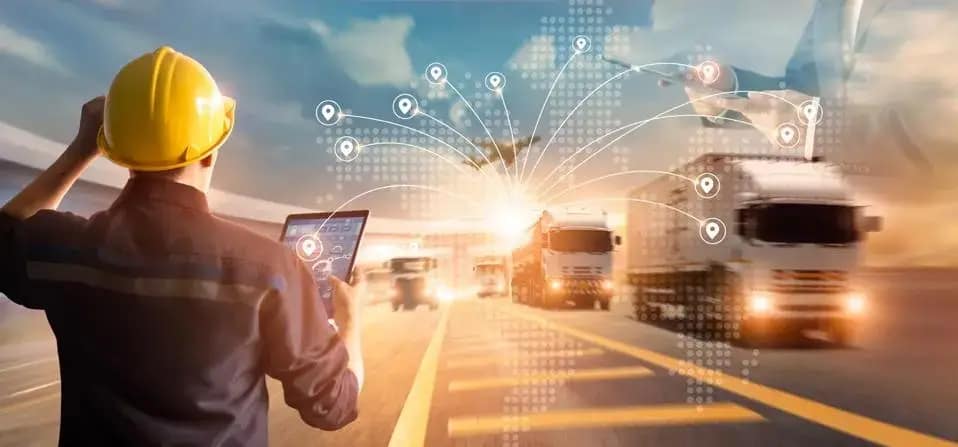Are you new to the world of transportation logistics? Do you want to learn more about the industry but don’t know where to start? This beginner’s guide to transportation logistics is designed to introduce you to the concept and explain its basics. From understanding the basics of shipping to learning about the classified ads services available to help you find your ideal transport solution, this guide will arm you with all the knowledge you need to get started.
What is Transportation Logistics?
Transportation logistics is the process of planning, organizing, and managing the transportation of goods from one location to another. It involves various activities such as scheduling, warehousing, inventory control, tracking, route selection, and cost analysis. It also plays an essential role in today’s global economy by ensuring that goods are delivered on time and within budget.
The Five Modes of Transportation Logistics
The five modes of transportation logistics are explained below:
Rail: Rail transportation is one of the oldest and most reliable forms of transportation logistics. It is used to move large quantities of goods over long distances. Rail transport can be classified into two categories – freight and passenger. Freight transportation involves the movement of goods from one location to another, while passenger transportation involves the movement of people.
Trucking: Trucking is the most common form of transportation logistics used today. It is used to move large amounts of goods quickly over short distances. Truckers use a variety of vehicles to transport goods, ranging from light-duty pickup trucks to heavy-duty semi-trucks.
Air: Air transportation is the fastest way to move goods over long distances. Air transport has revolutionized global logistics, allowing goods to be transported from one place to another in record time. Air transport can be classified into two categories – cargo and passenger flights. Cargo flights involve transporting large quantities of goods, while passenger flights involve the transport of people.
Sea: Sea transportation is the most cost-effective way to move goods over long distances. It is used to transport bulk cargo, such as oil and agricultural products, and general cargo, such as containers and vehicles. Sea transportation involves using ships, barges, and other vessels to move goods from one location to another.
Pipeline: Pipeline transportation is the most efficient way to move liquids and gasses over long distances. Pipelines are used to transport oil, gas, and other liquids from one location to another in a safe and efficient manner. The pipeline system consists of a network of pipelines that span across multiple countries and continents.
The Benefits of Transportation Logistics
Transportation logistics provide businesses with increased efficiency and cost savings when moving goods. This can help make a business more competitive in the marketplace. With the right transportation logistics system, businesses can reduce the time it takes to move goods from one place to another, as well as reduce costs associated with shipping.
A good transportation logistics system can also help businesses improve customer satisfaction by offering faster delivery times and more reliable services. Furthermore, by employing the right classified ad posting strategy, businesses can save money by finding the most cost-effective transport solutions available. With an efficient transportation logistics system in place, businesses can also save on labor costs by automating certain tasks that would otherwise require manual labor.







